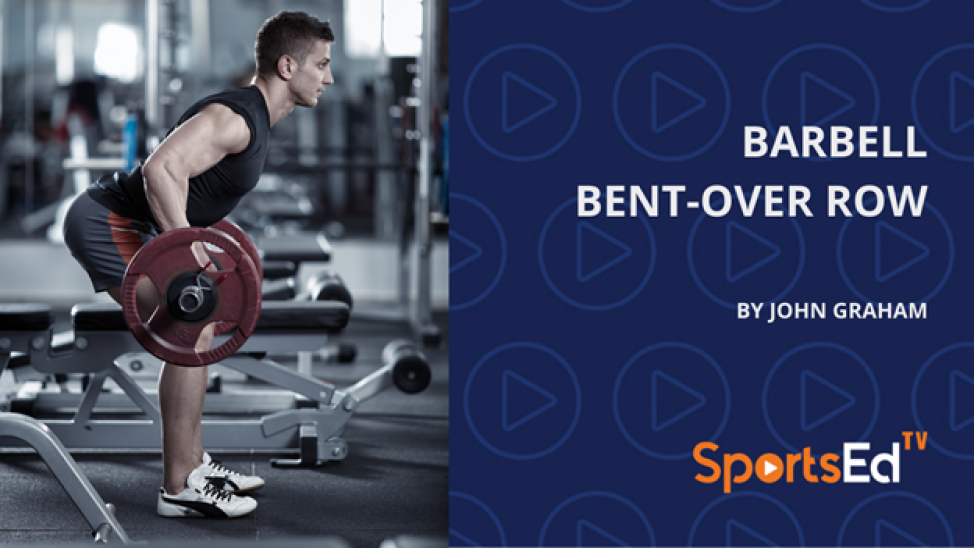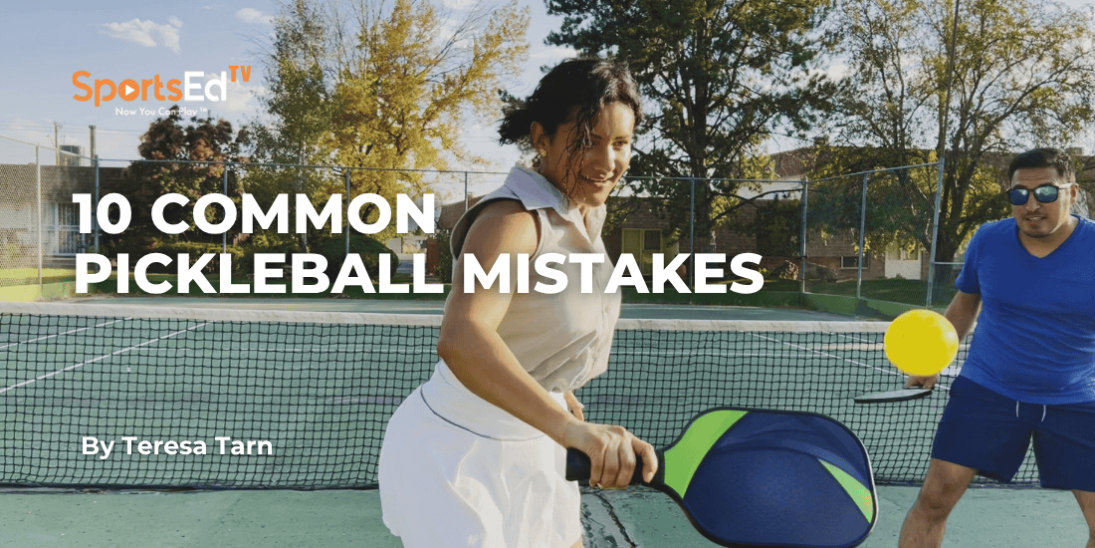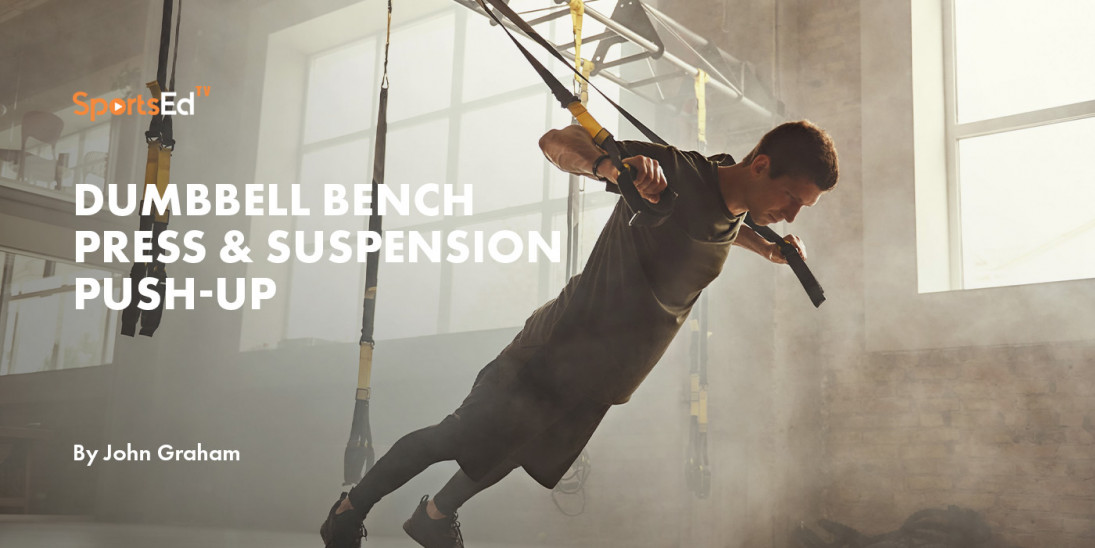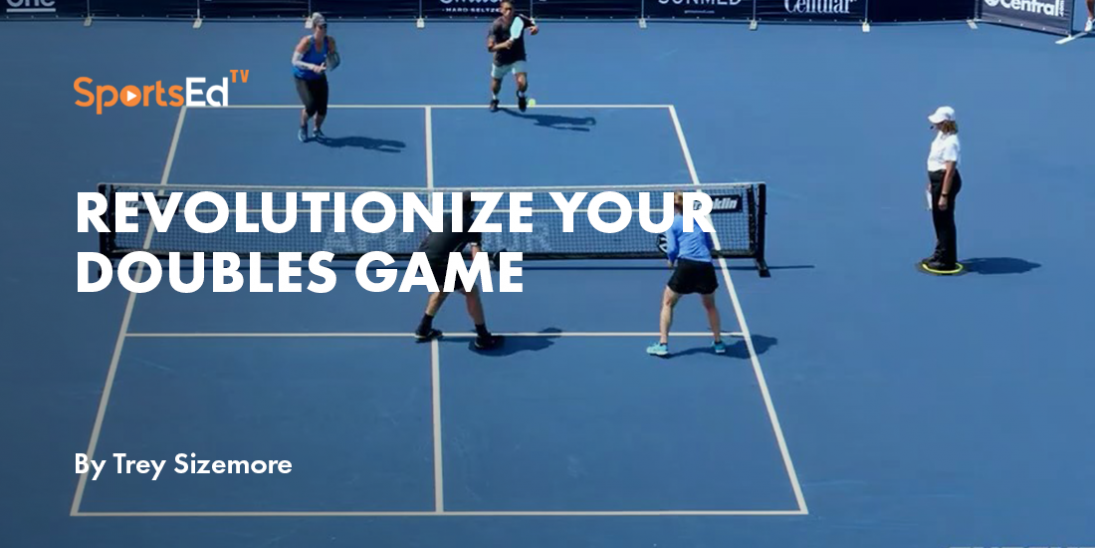Pickleball, Strength And Conditioning
Welcome and thanks for visiting...

The Game-Changer You’re Skipping: Why Warming Up for Pickleball is Non-Negotiable
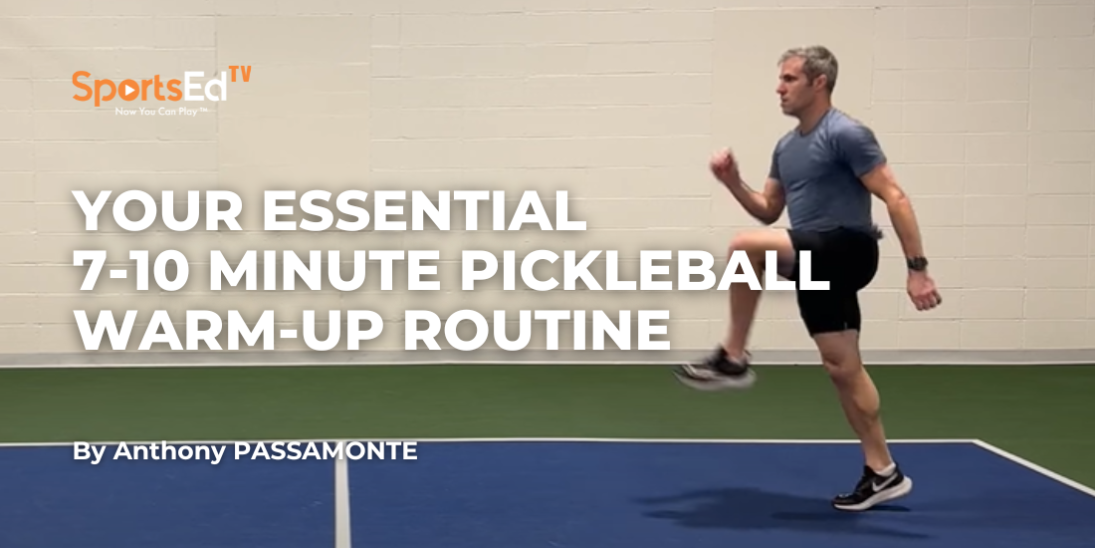
Most pickleball players know they should warm up, but let’s be honest—how often do we actually do it? The social atmosphere of the game makes it easy to skip. Maybe it feels awkward like you’re the only one taking things "too seriously." Or perhaps you don’t know what to do. But here’s the truth: warming up is one of the best things you can do for your performance, longevity, and injury prevention—and it only takes a few minutes.
A proper warm-up prepares your body for the demands of the game, improving mobility, stability, and reaction time while reducing your risk of injury. If you want to play longer, stronger, and pain-free, make a dynamic warm-up a non-negotiable part of your game.
Key Components of a Pickleball-Specific Warm-Up
1. Rotational Movements: Create Power & Reduce Back Strain
Pickleball requires constant twisting and rotation, especially in your thoracic spine (upper back) and hips. If these areas are stiff or immobile, you’ll lose power on your shots and increase strain on your lower back. Dynamic rotational movements improve shot mechanics, reduce stress, and enhance control—so you can move and swing with ease.
2. Dynamic Stretches: Prepare for Quick Multi-Directional Movement
Pickleball isn’t just forward and backward—you’re constantly lunging, shuffling, and cutting in all directions. Dynamic stretching improves blood flow, flexibility, and muscle activation, ensuring your body is ready to react. When your legs are primed and mobile, your lateral movement and court coverage dramatically improve.
3. Core Activation: Stability for Rotational Power
A strong, engaged core transfers power efficiently from your lower body to your paddle, improving shot control and balance. Without proper core activation, you’re more likely to overuse your arms, leading to shoulder, elbow, and wrist injuries. Warming up your core ensures you’re playing from a strong, stable foundation.
4. Hip Activation: Increase Lateral Quickness & Balance
Your glutes and hips drive every side-to-side movement on the court. If they’re weak or inactive, your reaction time slows, your balance suffers, and your knee strain increases. A proper warm-up fires up these muscles, improving agility, balance, and injury resistance during fast-paced rallies.
5. Cardiovascular Activation: Prevent Early Fatigue
Jumping into a high-intensity game without raising your heart rate is a recipe for sluggish performance and early exhaustion. Cardiovascular activation increases blood circulation and oxygen delivery to your muscles, ensuring you start fast, stay strong, and recover quickly between points.
The Science Backs It Up
Dynamic warm-ups aren’t optional—they’re proven to boost performance. Research by Behm & Chaouachi (2011) shows that dynamic stretching:
- Increases range of motion for better mobility
- Activates the nervous system for faster reaction time
- Prepares muscles for explosive movement
Unlike static stretching, which can actually reduce power and performance, dynamic movements prime your body for peak performance.
Your Go-To Warm-up Routine
This 7-10 minute warm-up is short, simple, and one of the best investments you can make in your game and longevity. The key is control, balance, and body awareness—listening to how your body feels and adjusting accordingly.
- Start with Mini-Bands or Controlled Active Movement – Lightly activate hips, legs, and shoulders while gradually raising the heart rate.
- Follow a "Head-to-Toe" Approach – Move from shoulder rolls to reverse coil lunges, ensuring full-body mobility.
- Incorporate Ground-Based Movements – Use exercises like quadruped hip circles and bird dogs for joint stability and control.
- Finish with Dynamic Court Movements – Skips, shuffles, and crossovers prep your body for gameplay.
The goal? Gradually raise your heart rate, break a light sweat, and activate the exact muscles you’ll use on the court.
Make Warming Up a Non-Negotiable
Warming up isn’t about looking serious or standing out—it’s about protecting your body, improving your game, and keeping yourself on the court long-term. If you want to play stronger, move faster, and prevent injuries, take 7-10 minutes to get your body ready correctly.
The best part? Others will notice once you commit to warming up—and they’ll want to join in, too. Be the player who leads by example, prioritizes longevity, and plays at their best.




